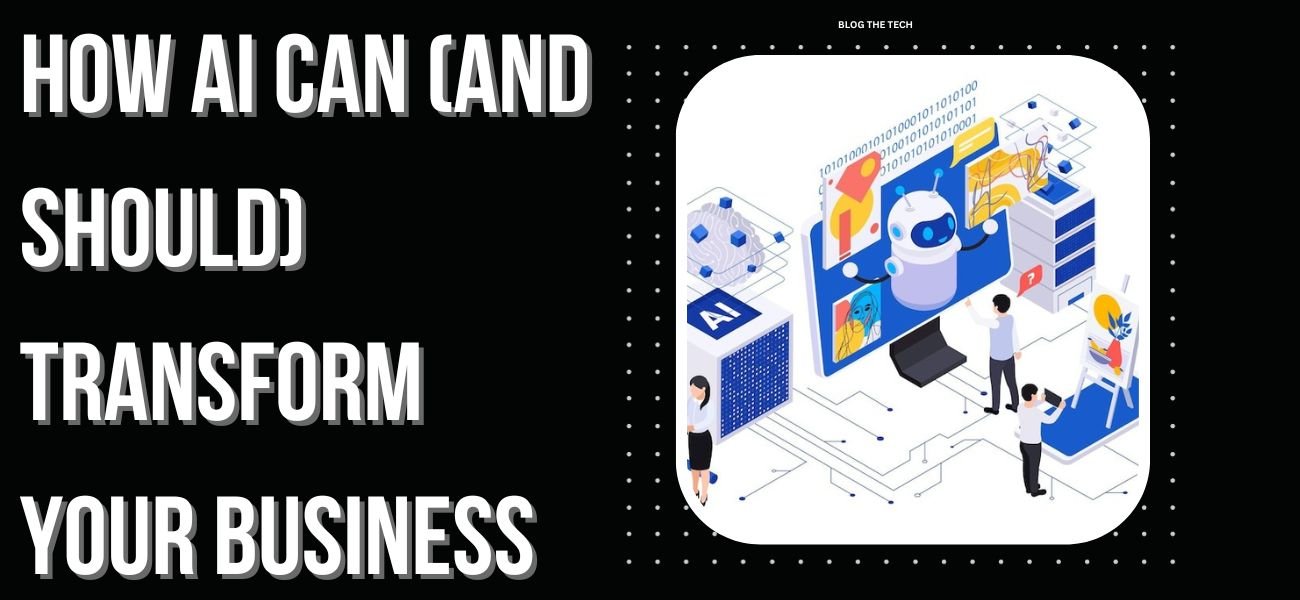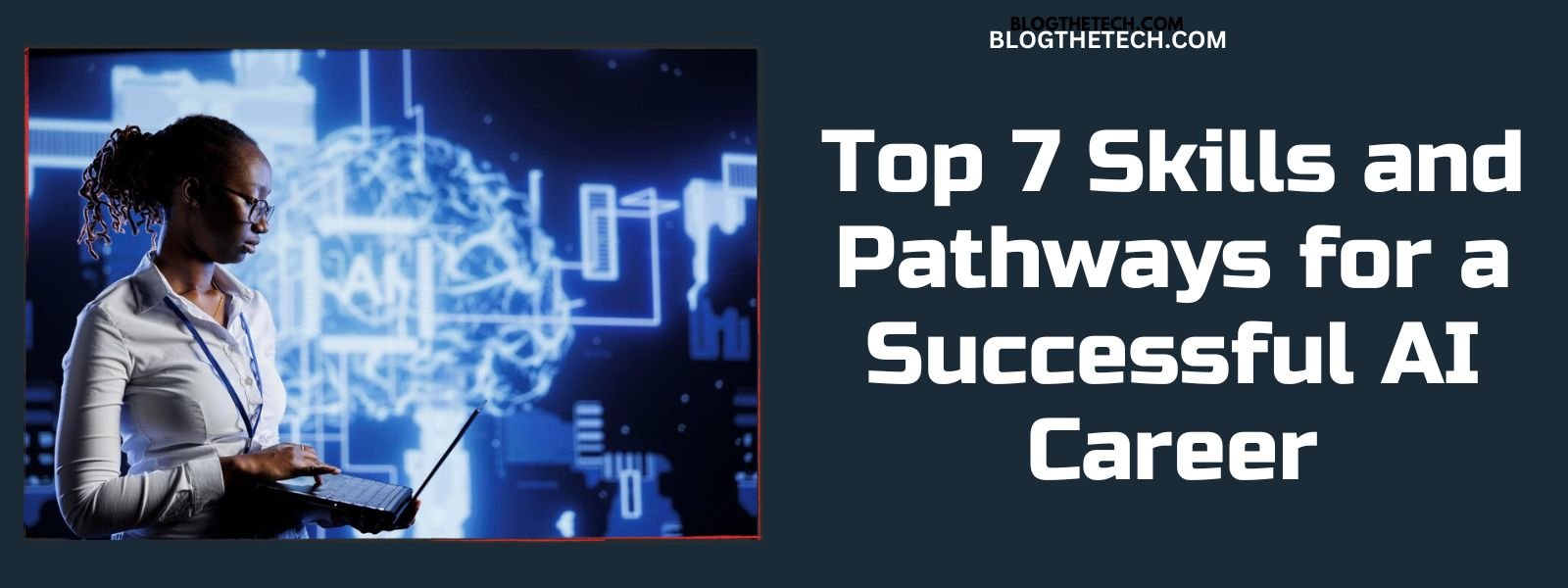Techno-optimists have hailed AI as a transformative technology, but what exactly does that mean? Yes, AI is powerful and can be used for many applications, but what is it going to transform your business? And should you allow those changes to take place?
The Basics of AI for Business
AI is a complex topic, even within the relatively narrow topic of AI for business, so it’s important to clarify the basics of this game-changing technology – and explain why it has such transformative potential.
So let’s get to it. What is AI for business?
AI itself comes in many forms, typically using some kind of advanced machine learning process to iteratively improve upon itself. It can be trained on different sets of data to tackle a variety of challenges, from analyzing data to automating repetitive tasks. More advanced AI systems are capable of generating content, including both written content and images, aiding in creative brainstorming, and even having full conversations with customers.
Like with any technology, AI has the potential to make certain tasks easier or more effective. But because AI is advanced enough to feasibly replace certain human positions and expand our capabilities as a species, businesses are practically forced to evolve as they incorporate this technology.
Deliberate or Incidental?
AI can, and probably should, transform your organization. But does that transformation happen organically as a result of integrating this technology, or is the transformation something you must undergo deliberately, with a specific strategy in place?
It’s likely that you’ll need both angles to transform your organization in a healthy and sustainable way. On some level, you can reallocate resources, change workflows, and potentially even restructure your organization in anticipation of new AI capabilities. But certainly, you’ll also undergo some incidental, organic changes as a result of integrating this technology.
The best approach for most organizations is to have a high-level strategy in place for how you’re going to evolve as a business in response to AI, while still allowing enough flexibility and wiggle room to accommodate any unexpected, emergent changes.
Key Business Transformations to Anticipate
These are some of the key ways that your business is likely to transform in the advent of AI:
- Increased automation and efficiency.
AI is astoundingly good at implementing automation for any predictable and/or repetitive task in your organization.
If you can automate even a fraction of your team’s responsibilities, you can greatly improve efficiency and productivity; this much should be obvious. What’s less obvious is the fact that automation and efficiency can transform your workforce.
Certain roles within your organization may be capable of being fully replaced with AI automation; others can be mostly replaced with it. Does that mean you should cut your staff in pursuit of greater productivity and efficiency? Possibly. In any case, you’ll have to rethink your teams, workflows, and even some of your high-level objectives when integrating AI automation technology.
- Deeper relationships with data.
With the help of AI, businesses are also going to have much deeper relationships with data. Instead of using only surface-level thinking to process data and form broad conclusions, leaders and decision makers within organizations are going to scrutinize data more carefully and strive for more elusive, yet more valuable takeaways.
The right AI tools can make quick work of even the most complex datasets, enabling us to think and analyze in much more sophisticated ways.
- Creative ideation and brainstorming.
Along similar lines, AI, when utilized properly, can lead us to more creative ideation and brainstorming. If you’re willing to practice better prompt engineering and use AI research tools to expedite your efforts, you can open your mind and think in new ways when solving classic business problems.
This can come in the form of brainstorming new products and services, innovating new solutions to key operational challenges, and more.
- Interconnected departments and team members.
AI is a running undercurrent between your departments and team members. As this technology becomes more utilitarian and widespread, we anticipate more interconnected departments and better team collaboration.
- Bigger responsibilities for human employees.
Most new technologies don’t replace many jobs; instead, they displace those jobs. In other words, most of the people on your team are going to find themselves in positions of greater responsibility and higher-level thinking. Instead of being relegated to tedious, predictable tasks all day, they can use their magnificent human brains to solve bigger problems and tackle more complicated issues.
AI is here to stay, and it’s only going to become more disruptive in the next few years. If you want your organization to not only survive, but to transformg in the face of your most technologically optimized competitors, you’ll need to have a plan in place for how you’re going to transform. Only the most adaptable businesses are going to succeed in this exciting and unpredictable era of technological advancement.





